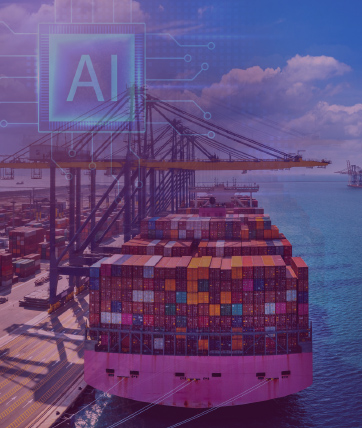A world leader in marine logistics with a significant presence in North and Latin America. The organization runs large ports, has cargo fleets in operation, and coordinates complex land logistics. Voluminous in its operations, the business was hindered by divergent systems, isolated information, and obsolete workflows that would not allow it to respond to market demands promptly and accurately.
As volumes grew and client needs evolved, weaknesses in legacy infrastructure became more apparent. The client had several operational and strategic impediments:
challenges
Disconnected systems created duplicate work and data mismatches
Manual reporting delayed key decisions
No visibility into shipment delays or fleet health
Disjointed sea and land operations slowed cargo transfers
Customers lacked real-time access to bookings and documents
Damco teamed up with the client to lead a holistic application modernization initiative powered by AI, cloud-native architecture, and automation of processes:
Cloud-Native ERP Modernization
Artificial-Intelligence-Powered Fleet Tracking & ETA Estimation
Integrated Customer Experience Portal
Work Automation & RPA
Real-Time Executive Dashboards
The transformation initiative yielded quantifiable outcomes in operating effectiveness, customer experience, and strategic planning:
